Bimetallic Sheet
LK Die Casting Machine / 2024-09-04 16:53:55
2024-09-04 by Cherry
Relationship between bimetallic sheets and die-casting
machines
In the field of industrial manufacturing, the combination
of bimetallic sheets and die-casting machines show great
potential. Whether it is the design of the die-casting mold
or the performance of the final product, bimetallic sheets
play a key role.
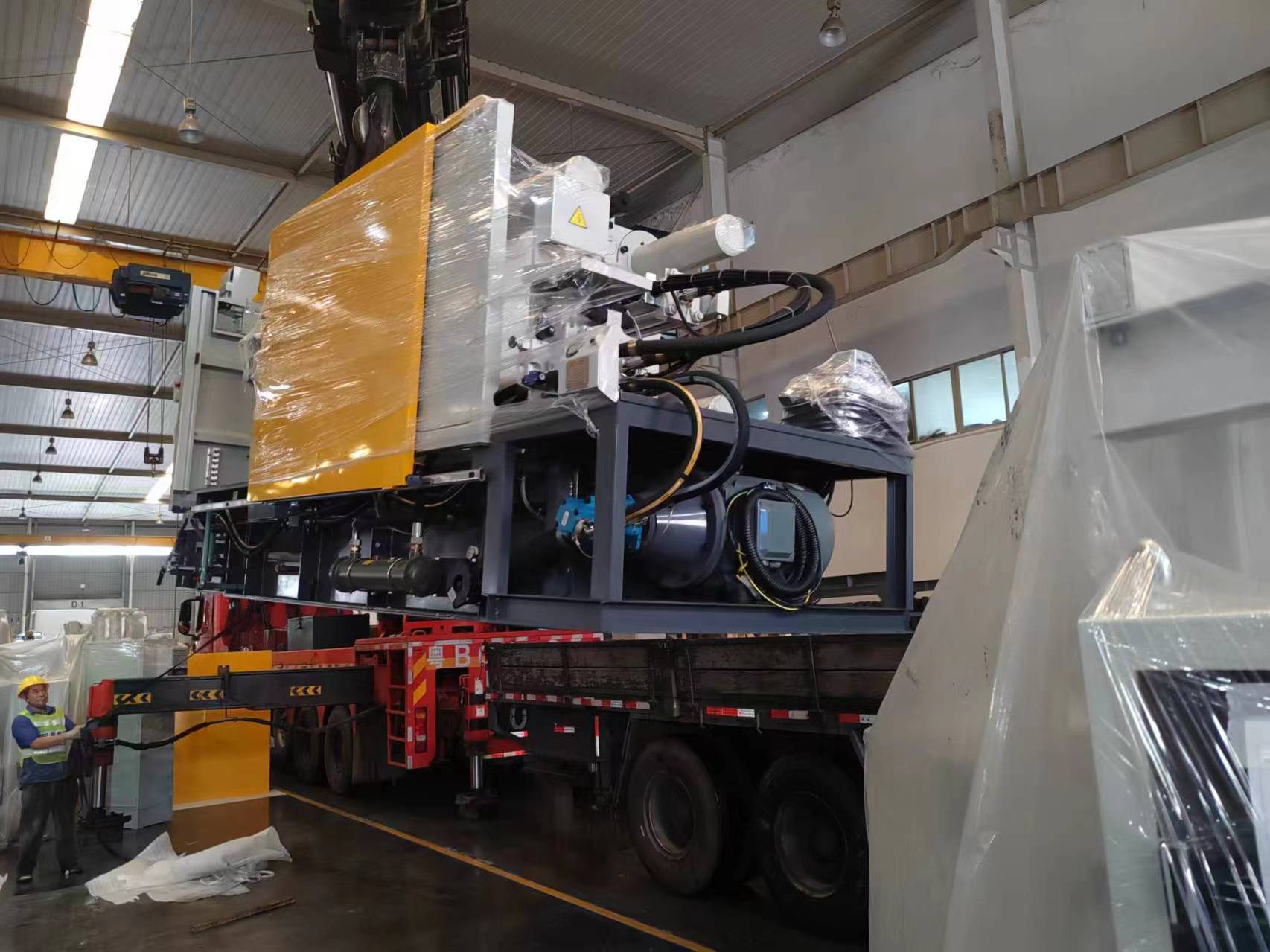
This article will explore the application of bimetallic
strips in the die-casting process and explain how it
affects the working efficiency and product quality of the
What is a bimetallic sheet?
A bimetallic sheet is a composite material made by combining
two different metal materials through a specific process.
Usually, the two metals of a bimetallic sheet have different
physical or chemical properties, such as one metal with strong
wear resistance and the other metal with good thermal conductivity.
Due to the different thermal expansion coefficients of different
metals, when the temperature changes, the bimetallic sheet will
bend and deform.
By combining these characteristics, bimetallic sheets can provide
unique performance advantages in a variety of application scenarios
such as temperature measurement and control.
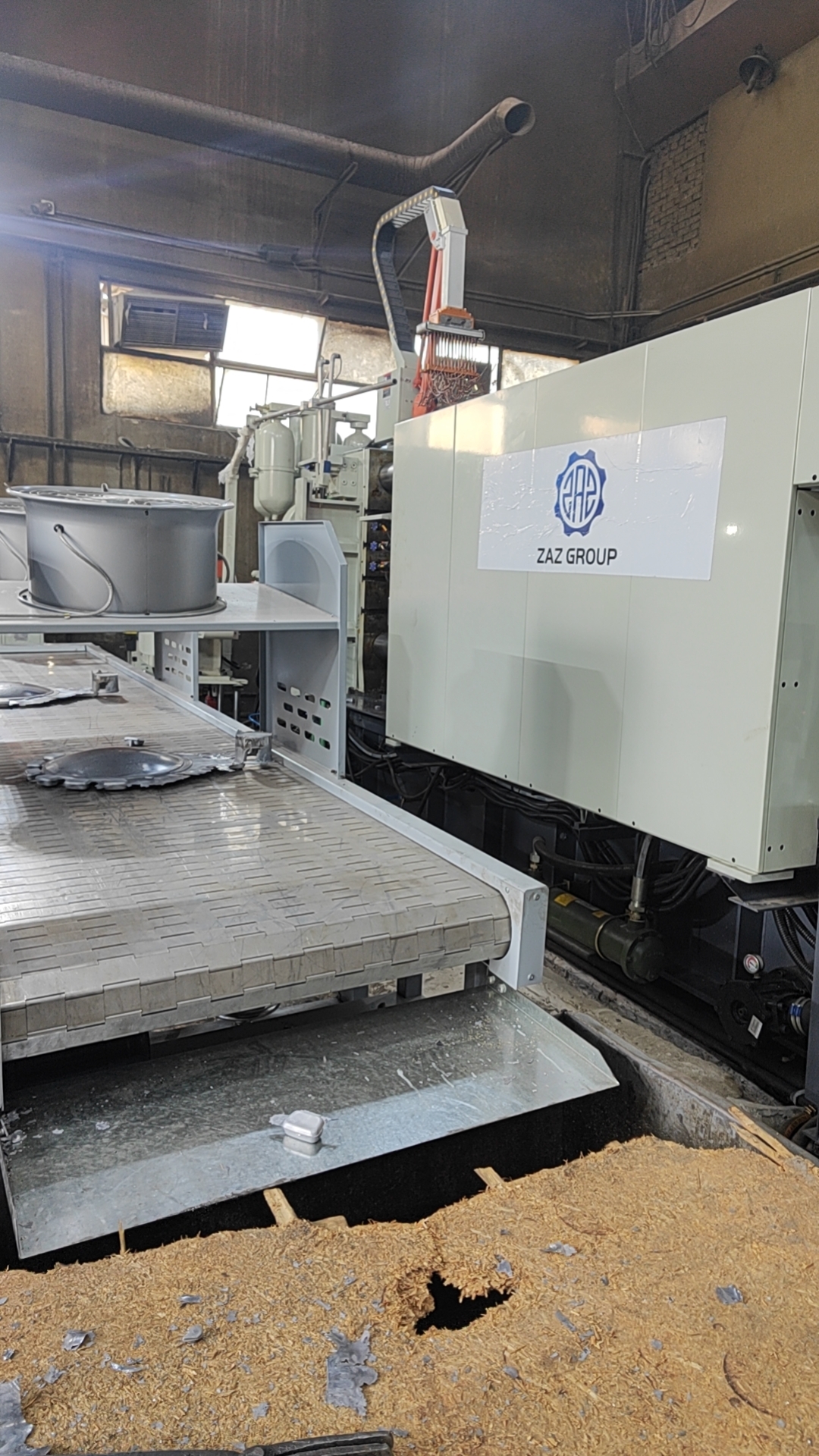
Bimetallic sheets usually have the following characteristics:
1. High sensitivity: able to respond quickly to small temperature
changes.
2. Strong reliability: After a strict manufacturing process,
it has a long service life.
3. High precision: can accurately measure and control temperature.
Application of bimetallic sheets in die casting process
In the die-casting process, the life and performance of the mold
are crucial. Traditional die-casting molds are usually made of
a single metal, which may cause wear and deformation of the mold
under high temperature and high-pressure conditions.
The application of bimetallic sheets provides an innovative solution.
By using bimetallic sheets in key parts of the mold, the durability
of the mold can be effectively improved.
For example, a metal with stronger wear resistance can be used
on the surface of the mold, while a metal with better thermal
conductivity can be used inside.
This structure can significantly reduce the wear of the mold
while improving the efficiency of heat conduction, thereby
extending the service life of the mold.
How bimetallic sheets affect the performance of die-casting machines
The efficiency and product quality of die-casting machines depends
to a large extent on the performance of the mold.
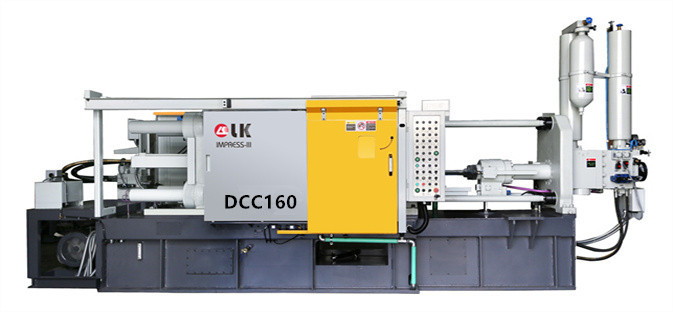
Molds made with bimetallic strips can maintain stability under
higher pressures and temperatures, which enables die-casting
machines to work more efficiently.
1. Improve product accuracy: The high wear resistance and
high thermal conductivity of bimetallic sheet molds ensure
that the shape of the mold
remains unchanged during each die-casting process, thereby
improving the dimensional accuracy and surface quality of the product.
2. Extend mold life: The extended life of the mold means less
downtime and lower maintenance costs, which directly improves
the production efficiency of the die-casting machine.
3. Energy saving and consumption reduction: By improving the efficiency
of heat conduction, bimetallic strip molds can reduce the
heating time and energy consumption required in the die-casting
process. This not only helps to reduce production costs but also
meets the environmental protection requirements of modern industry.
The manufacturing process of bimetallic sheets
The manufacturing of bimetallic sheets usually involves a variety
of processes such as explosive welding, rolling, and heat treatment.
These processes ensure the integrity and performance stability of
the two metals after they are combined.
For example, explosive welding combines two metals through
the instantaneous release of high energy to form a bimetallic
sheet with high bonding strength.
Subsequently, through processes such as heat treatment, the performance
of the bimetallic strip can be further optimized to make it more
suitable for the production of die-casting molds.
Advantages and disadvantages of bimetallic sheet
Although bimetallic strips have significant advantages in the
die-casting process, there are also some challenges. First,
the production cost of bimetallic strips is relatively high,
especially when high precision and high performance are
required. In addition, since bimetallic strips are composed
of two different metals, stress concentration problems may
occur at the material interface during use, leading to potential
cracking risks.
However, these disadvantages can be overcome through advanced
manufacturing technology and scientific design. For example, in
mold design, the reasonable selection of the material combination
and thickness ratio of the bimetallic strip can effectively
reduce stress concentration and extend the life of the mold.
Application cases of bimetallic sheets in die-casting machines
To better illustrate the application of bimetallic
sheets in die-casting machines, a practical case is introduced below.
A certain automobile parts manufacturing company uses a die-casting
machine to produce aluminum alloy automobile wheels. During the
production process, it was found that the quality of the wheel
was unstable, and defects such as pores and shrinkage holes often
occurred.
After analysis, it was found that the problem was the temperature
control of the die-casting machine. Due to the large
temperature fluctuations, the fluidity of the metal was uneven,
which affected the quality of the casting.
To solve this problem, the company used a bimetallic strip
temperature sensor to monitor the temperature of the furnace and
mold of the die-casting machine. By adjusting the heating power
in real-time, the temperature is kept within a stable range.
At the same time, a bimetallic strip safety protection device is
also installed. When the temperature exceeds the safety limit,
the power supply is automatically cut off to avoid accidents.
After a period of operation, the company found that the quality
of the wheel has been significantly improved and the scrap rate
has been greatly reduced. At the same time, due to more precise
temperature control, energy consumption has also been reduced,
which has brought significant economic benefits to the company.
Future Development Direction
With the continuous advancement of science and technology,
the application prospects of bimetallic strips in die-casting
processes are broad.
In the future, with the development o
new materials and new processes, the performance of bimetallic
strips will be further improved, and their application in
die-casting molds will be more extensive. In addition, with the
automation and intelligent development of die-casting processes,
the manufacture and use of bimetallic strip molds will be more
efficient, bringing more innovations and changes to the die-casting
industry.
Summary
As an important industrial component, bimetallic strips play
a key role in die-casting machines. It can not only achieve
precise temperature control, improve the quality and production
efficiency of castings but also serve as a safety protection
element to ensure the safety of operators.
The application of bimetallic strips in die-casting machines
provides new possibilities for improving the efficiency of
die-casting processes and product quality.
By combining the advantages of different metals, bimetallic sheet
molds can maintain stability and durability in high-pressure
and high-temperature working environments, greatly extending
the service life of the mold and reducing production costs.
At the same time, with the continuous advancement of technology,
the application of bimetallic strips in the die-casting industry
will be more extensive, bringing more innovation and development
to the manufacturing industry.
In the future, as the die-casting process continues to develop,
bimetallic strips will continue to play their unique advantages
and bring more possibilities to the die-casting industry.
By continuously exploring new materials and new processes, the
efficiency and product quality of die-casting machines will
be further improved to meet the growing market demand.
For more info, you can refer to:
https://www.tiktok.com/@lk_diecastingmachine/video/7405113006880820522
https://www.youtube.com/shorts/JLX410QV_kw
To learn further info about Die Casting Machines,
pls contact LK Die Casting Machine Authorized Official Agent
LK OFFICIAL AGENT OFFICE DCM
LK Die Casting Machine Authorized Official Agent for Egypt(EGY)
Saudi Arabia(ksa)
United Arab Emirates(UAE)
The Islamic Republic of Iran(Iran)
Qatar(QAT)
The State of Kuwait(Kuwait)
The Middle East
Address: 1. Industry Zone, South of Port Said Kebly, Cairo, Egypt
2. EX 14., EASTERN RING ROAD, AI RAYAN DISTRICT,
RIYADH, SAUDI ARABIA
Arabic Website: https://ae.zazdiecasting.com/
English Website: https://www.zazdiecasting.com/
Phone/WhatsApp/Wechat: 0086 13598704163
Mobile: +20 101 304 3317 +20 150 181 8310
Email: jack@zazmae.com ahmedmahmoud@zazmae.com
OTHER CONTENT
-
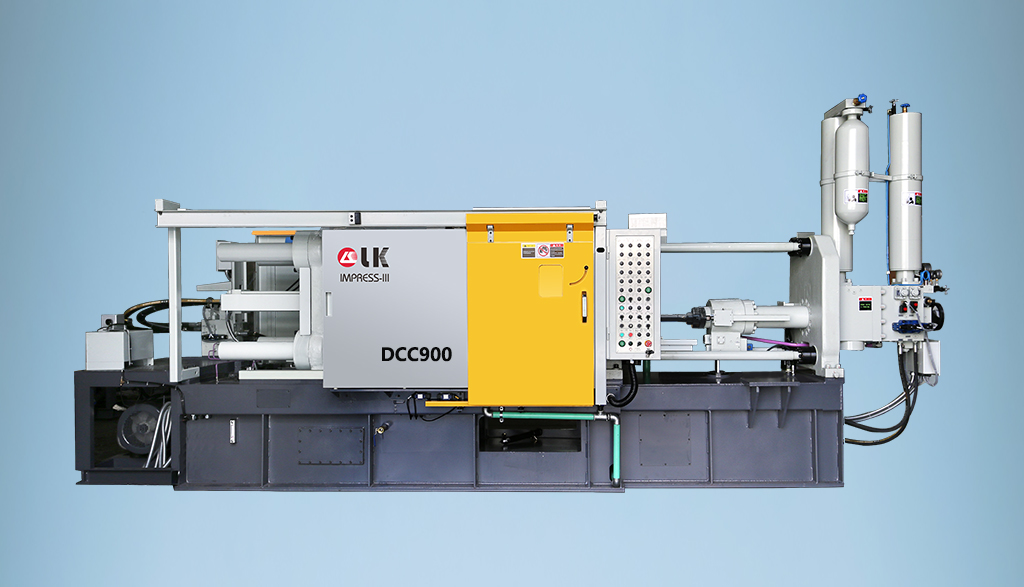
2024-09-19 14:16:15 LK Cold Chamber Die Casting Machine DCC900 Locking Force: 9000KN Die Height: 400-1000mm Space Between Tie Bars: 930x930mm Shot Weight: 13.5Kg Casting Area Max:2250c㎡
More -
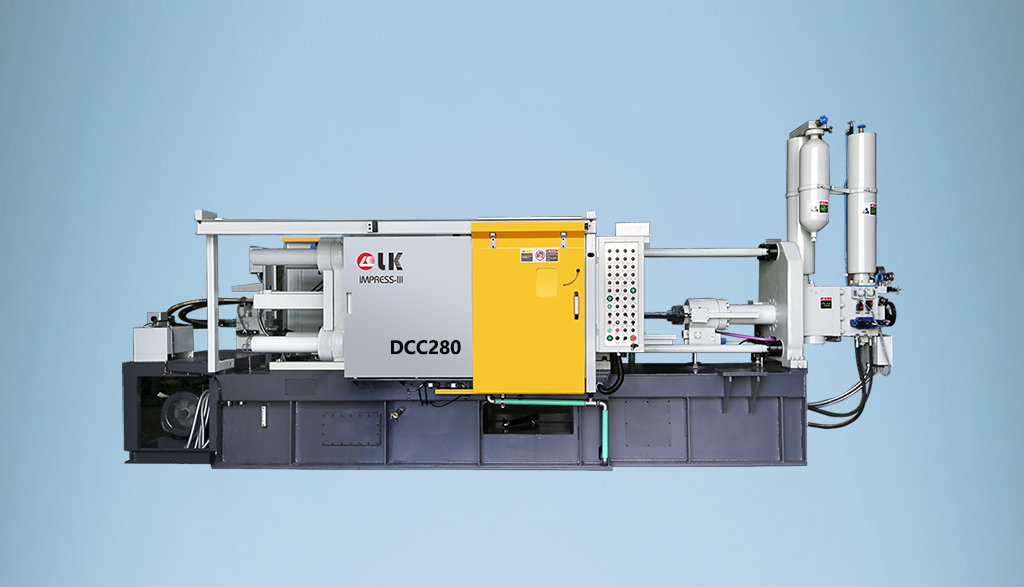
2024-09-19 14:11:06 LK Cold Chamber Die Casting Machine DCC280 Locking Force: 2800KN Die Height: 250-650mm Space Between Tie Bars: 560x560mm Shot Weight: 2.9Kg Casting Area Max:700c㎡
More -
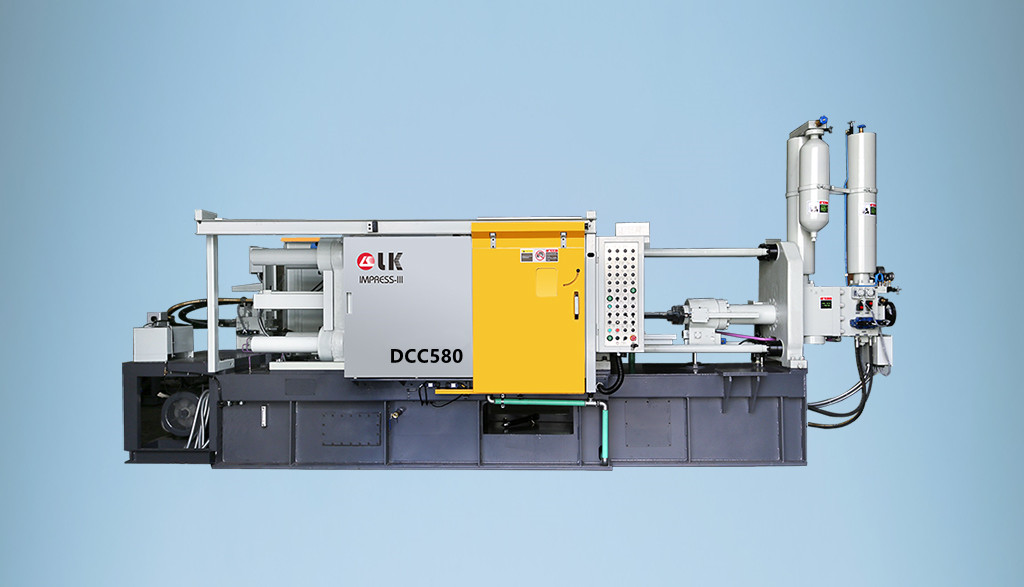
2024-09-19 10:23:07 LK Cold Chamber Die Casting Machine DCC580 Locking Force: 5000KN Die Heigh: 350-850mm Space Between Tie Bars: 760x760mm Shot Weight: 6.9Kg Casting Area Max:1250c㎡
More -
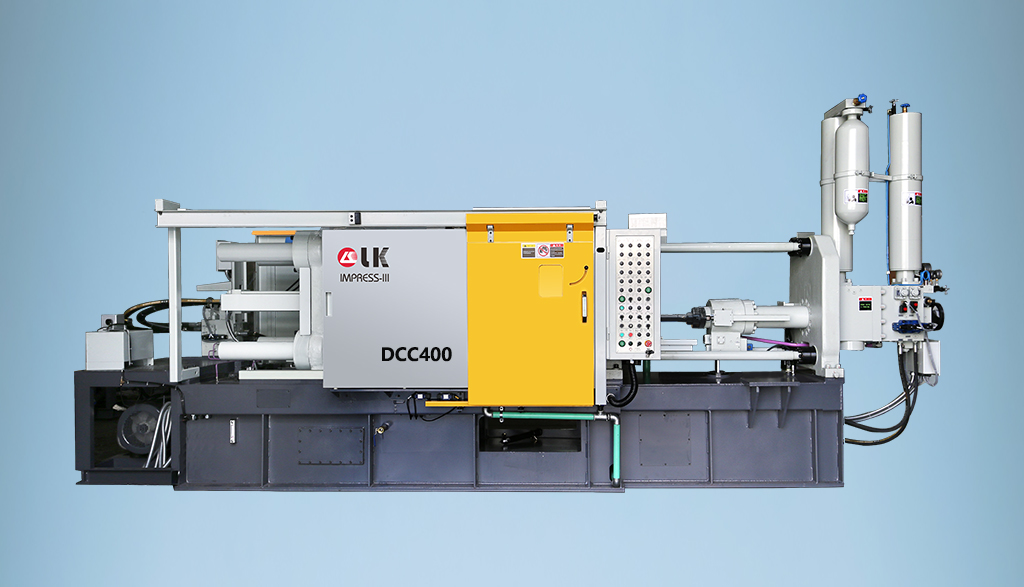
2024-09-19 10:11:20 LK Cold Chamber Die Casting Machine DCC400 Locking Force: 4000KN Die Height: 300-700mm Space Between Tie Bars: 669x669mm Shot Weight: 4.7Kg Casting Area Max:1000c㎡
More

